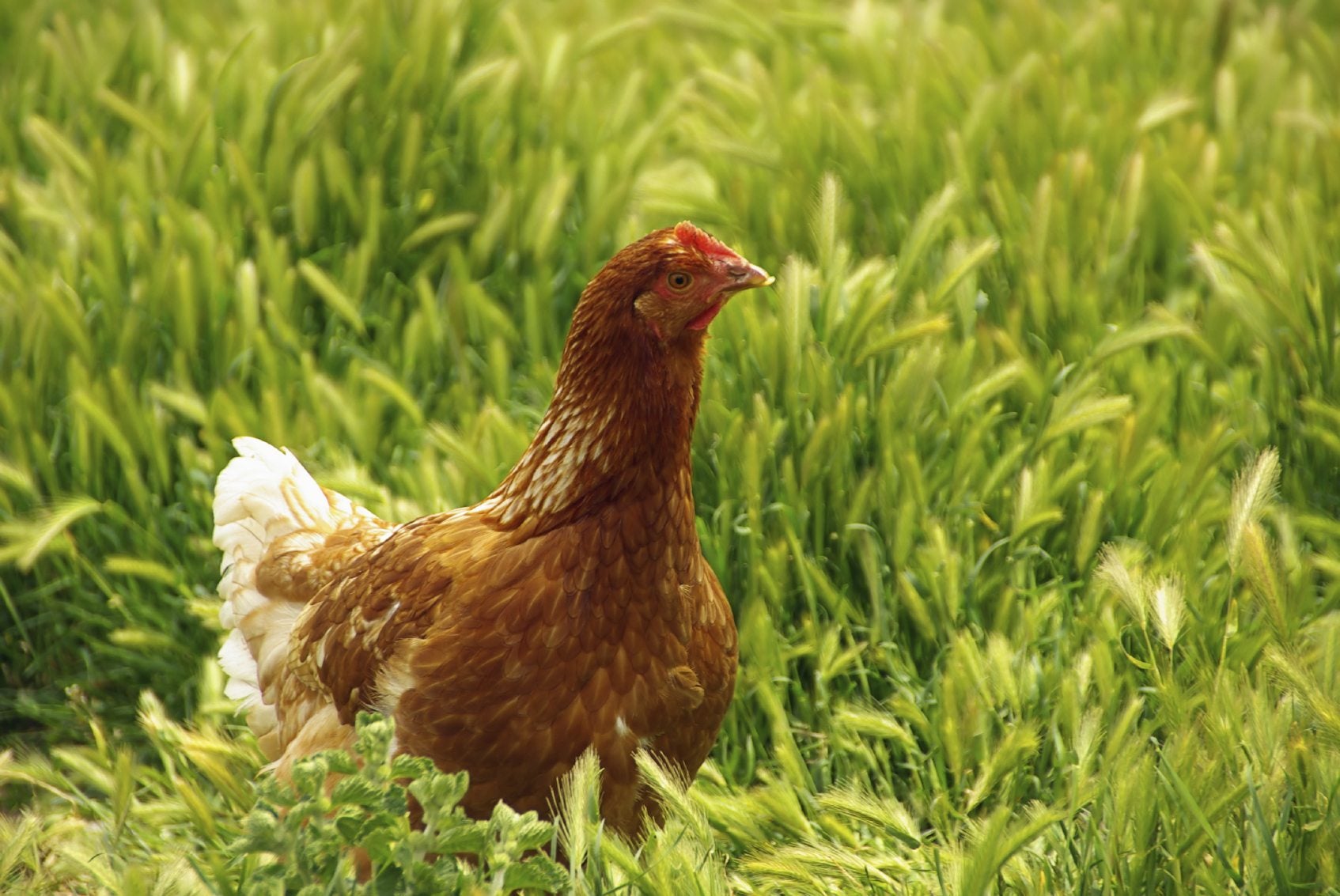
Got chickens? Then you know that whether they are in an enclosed pen, a well-layered landscape, or in an open environment (free-range) such as a pasture, they require protection, shelter, water, and food. There are many options for providing these necessities to your chickens, but an environmentally friendly, sustainable, low impact method is by growing cover crops for chickens. So what are the best cover crops for chickens to eat?
Best Cover Crops for Chickens
There are a number of garden cover crops suitable for chicken feed. Among these are:
The height of the cover crop is important since chickens, due to their size, forage at a different height than other livestock. Chicken cover crops should be no taller than 3-5 inches (7.5 to 13 cm.) tall. When plants grow over 5 inches (13 cm.) tall, the carbon amount in their leaves increases and are less digestible for chickens. Of course, chickens can over forage an area as well bringing the cover crop down to less than 2 inches (5 cm.), making it difficult to re-grow and replenish. This isn’t always a bad thing, as I discuss below. You can plant just one cover crop for the chickens to eat, create a blend of your own, or purchase poultry pasture seed online. Chickens can be allowed to free-range and may look like they are eating grass (they eat a little) but they are mostly foraging for worms, seeds, and grubs. While that's great, adding in the additional nutrition garnered from foraging on cover crops is even better. Chickens need a diet rich in Omega 3 fatty acids to transfer that source to their eggs, which in turn is good for humans. A combination of grains planted as a cover crop for the chickens to eat broadens the number of nutrients the fowl uptakes and makes for a healthier chicken and, hence, healthier eggs.
Benefits to Growing Cover Crops for Chicken Feed
Of course, growing cover crops for chickens can be harvested, threshed, and stored to feed the chickens, but allowing them to roam and freely forage has distinct advantages. For one thing, you aren’t putting in your labor to harvest and thresh and there is no need to find the space to store the feed. Cover crops such as buckwheat and cowpea are often naturally tilled into the soil while the chickens’ forage, saving you valuable time. It may take a little longer, but avoids the detrimental effects of using fossil fuels and mitigates the damage a power tiller can do to the soil structure. Chickens are a gentler, eco-friendly method to till the crop in. They eat the vegetation, but leave the cover crop roots in place to provide organic matter to microorganisms and increase water retention all while loosening the first top inch (2.5 cm.) or so of the soil. Oh, and the best yet, poop! Allowing the chickens to freely forage for their food among the cover crops also results in the natural fertilization of the field with high nitrogen chicken manure. The resulting soil is nutrient-rich, aerated, well-draining, and, all in all, perfect for planting a successive food crop or another cover crop.
Sign up for the Gardening Know How newsletter today and receive a free copy of our e-book "How to Grow Delicious Tomatoes".

Amy Grant has been gardening for 30 years and writing for 15. A professional chef and caterer, Amy's area of expertise is culinary gardening.
